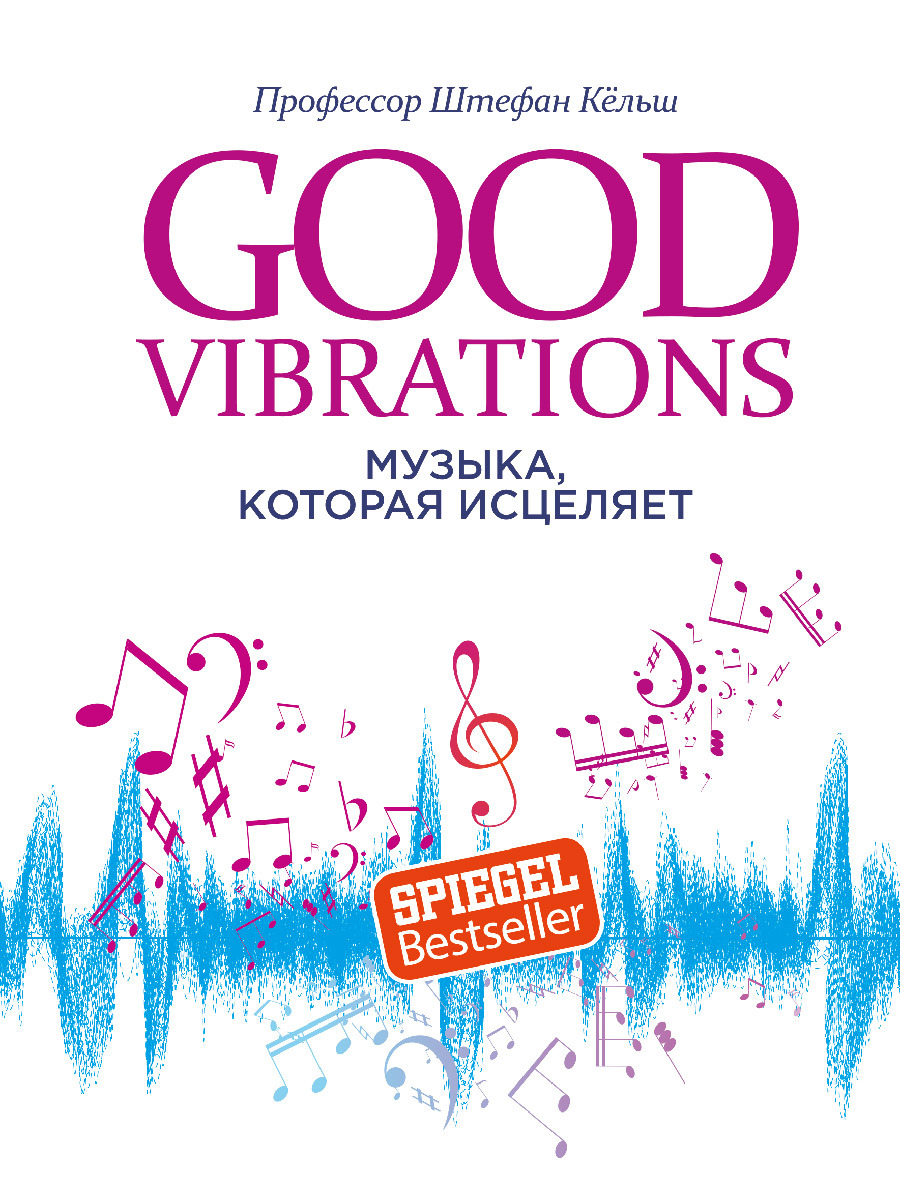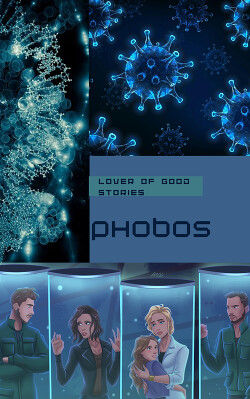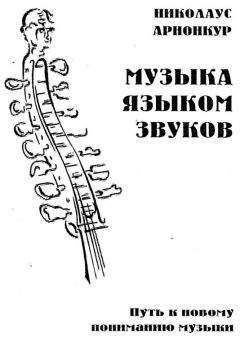class="p">192
Thaut, M. H., McIntosh, G. C., Rice, R. R., Miller, R. A., Rathbun, J., & Brault, J. M. (1996): Rhythmic auditory stimulation in gait training for Parkinson’s disease patients, Movement Disorders: Official Journal of the Movement Disorder Society, 11 (2), S. 193–200.
Spaulding, S. J., Barber, B., Colby, M., Cormack, B., Mick, T., & Jenkins, M. E. (2013): Cueing and gait improvement among people with Parkinson’s disease: a meta-analysis, Archives of Physical Medicine and Rehabilitation, 94 (3), S. 562–570.
Ghai, S., Ghai, I., Schmitz, G., & Effenberg, A. O. (2018): Effect of rhythmic auditory cueing on parkinsonian gait: A systematic review and meta-analysis, Scientific Reports, 8 (1), S. 506.
Allman, M. J., & Meck, W. H. (2011): Pathophysiological distortions in time perception and timed performance, Brain, 135 (3), S. 656–677.
Grahn, J. A., & Brett, M. (2007): Rhythm and beat perception in motor areas of the brain, Journal of Cognitive Neuroscience, 19 (5), S. 893–906.
Benoit, C. E., Dalla Bella, S., Farrugia, N., Obrig, H., Mainka, S., & Kotz, S. A. (2014): Musically cued gait-training improves both perceptual and motor timing in Parkinson’s disease, Frontiers in Human Neuroscience, 8, S. 494.
Ueda, T., Suzukamo, Y., Sato, M., & Izumi, S. I. (2013): Effects of music therapy on behavioral and psychological symptoms of dementia: a systematic review and meta-analysis, Ageing Research Reviews, 12 (2), S. 628–641.
Hackney, M. E., & Earhart, G. M. (2009): Effects of dance on movement control in Parkinson’s disease: a comparison of Argentine tango and American ballroom, Journal of Rehabilitation Medicine, 41 (6), S. 475–481.
Sihvonen, A. J., Särkämö, T., Leo, V., Tervaniemi, M., Altenmüller, E., & Soinila, S. (2017): Music-based interventions in neurological rehabilitation, The Lancet Neurology, 16 (8), S. 648–660.
Pohl, P., Dizdar, N., & Hallert, E. (2013): The Ronnie Gardiner Rhythm and Music Method — a feasibility study in Parkinson’s disease, Disability and Rehabilitation, 35 (26), S. 2197–2204; Pacchetti, C., Mancini, F., Aglieri, R., Fundarò, C., Martignoni, E., & Nappi, G. (2000): Active music therapy in Parkinson’s disease: an integrative method for motor and emotional rehabilitation, Psychosomatic Medicine, 62 (3), S. 386–393.
Rehfeld, K., Müller, P., Aye, N., Schmicker, M., Dordevic, M., Kaufmann, J., ... & Müller, N. G. (2017): Dancing or fitness sport? The effects of two training programs on hippocampal plasticity and balance abilities in healthy seniors, Frontiers in Human Neuroscience, 11, S. 305.
Ockelford, A. (2017): Towards a developmental model of musical empathy using insights from children who are on the autism spectrum or who have learning difficulties, Music and Empathy, hg. v. Kind, E., Waddington, C., Rontledge. S. 39–88.
Heaton, P. (2009): Assessing musical skills in autistic children who are not savants, Philosophical Transactions of the Royal Society of London B: Biological Sciences, 364 (1522), S. 1443–1447; De-Pape, A. M. R., Hall, G. B., Tillmann, B., & Trainor, L. J. (2012): Auditory processing in high-functioning adolescents with autism spectrum disorder, PLoS One, 7 (9), e44084.
Lai, G., Pantazatos, S. P., Schneider, H., & Hirsch, J. (2012): Neural systems for speech and song in autism, Brain, 135 (3), S. 961–975.
DePriest, J., Glushko, A., Steinhauer, K., & Koelsch, S. (2017): Language and music phrase boundary processing in Autism Spectrum Disorder: An ERP study, Scientific Reports, 7 (1), S. 14465.
Wan, C. Y., Bazen, L., Baars, R., Libenson, A., Zipse, L., Zuk, J., … & Schlaug, G. (2011): Auditory-motor mapping training as an intervention to facilitate speech output in non-verbal children with autism: a proof of concept study, PLoS One, 6 (9), e25505.
Chenausky, K., Norton, A., Tager-Flusberg, H., & Schlaug, G.(2016): Auditory-motor mapping training: comparing the effects of a novel speech treatment to a control treatment for minimally verbal children with autism, PLoS One, 11 (11), e0164930.
Quintin, E. M., Bhatara, A., Poissant, H., Fombonne, E., & Levitin, D. J. (2011): Emotion perception in music in high-functioning adolescents with autism spectrum disorders, Journal of Autism and Developmental Disorders, 41 (9), S. 1240–1255; Allen, R., Davis, R., & Hill, E. (2013): The effects of autism and alexithymia on physiological and verbal responsiveness to music, Journal of Autism and Developmental Disorders, 43 (2), S. 432–444.
Allen, R., Hill, E., & Heaton, P. (2009): Hath charms to soothe …An exploratory study of how high-functioning adults with ASD experience music, Autism, 13 (1), S. 21–41.
Caria, A., Venuti, P., & de Falco, S. (2011): Functional and dysfunctional brain circuits underlying emotional processing of music in autism spectrum disorders, Cerebral Cortex, 21 (12), S. 2838–2849.
Kim, J., Wigram, T., & Gold, C. (2009): Emotional, motivational and interpersonal responsiveness of children with autism in improvisational music therapy, Autism, 13 (4), S. 389–409.
Geretsegger, M., Elefant, C., Mössler, K. A., & Gold, C. (2014): Music therapy for people with autism spectrum disorder, Cochrane Database of Systematic Reviews, 6 (6), S. 1–64.
Koenig, J., Oelkers-Ax, R., Kaess, M., Parzer, P., Lenzen, C., Hillecke, T. K., & Resch, F. (2013): Specific music therapy techniques in the treatment of primary headache disorders in adolescents: a randomized attention-placebo- controlled trial, The Journal of Pain, 14 (10), S. 1196–1207.
Drogen- und Suchtbericht der Bundesregierung 2017 (www.bundesregierung.de/breg-de/service/publikationen/drogen-und-suchtbericht- 2017-730846).
Ahmed, S. H., Guillem, K., & Vandaele, Y. (2013): Sugar addiction: pushing the drug-sugar analogy to the limit, Current Opinion in Clinical Nutrition & Metabolic Care, 16 (4), S. 434–439.
Flegal, K. M., Kit, B. K., Orpana, H., & Graubard, B. I. (2013): Association of all-cause mortality with overweight and obesity using standard body mass index categories: a systematic review and meta-analysis, Jama, 309 (1), S. 71–82.
Peeters, K.,





